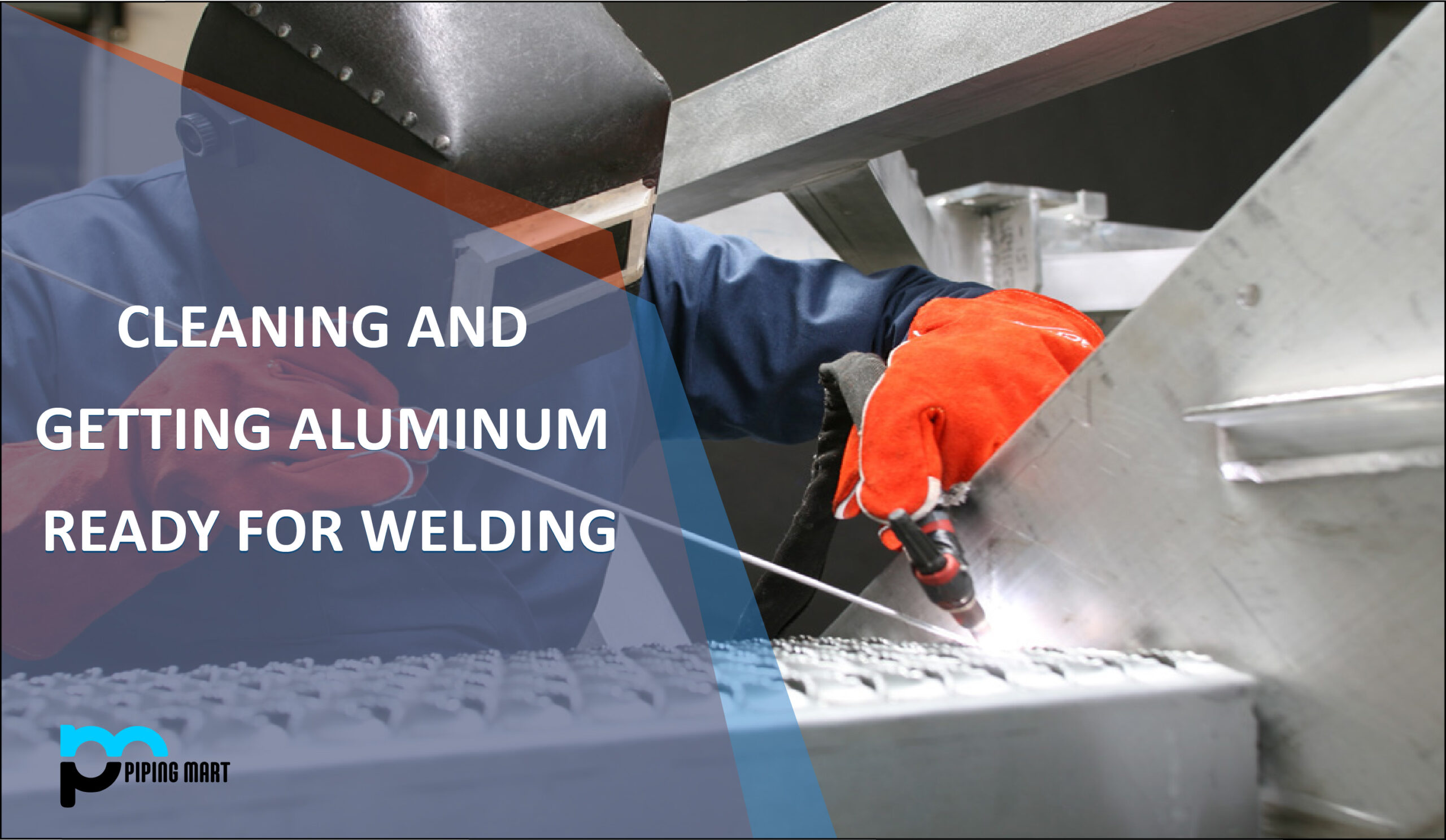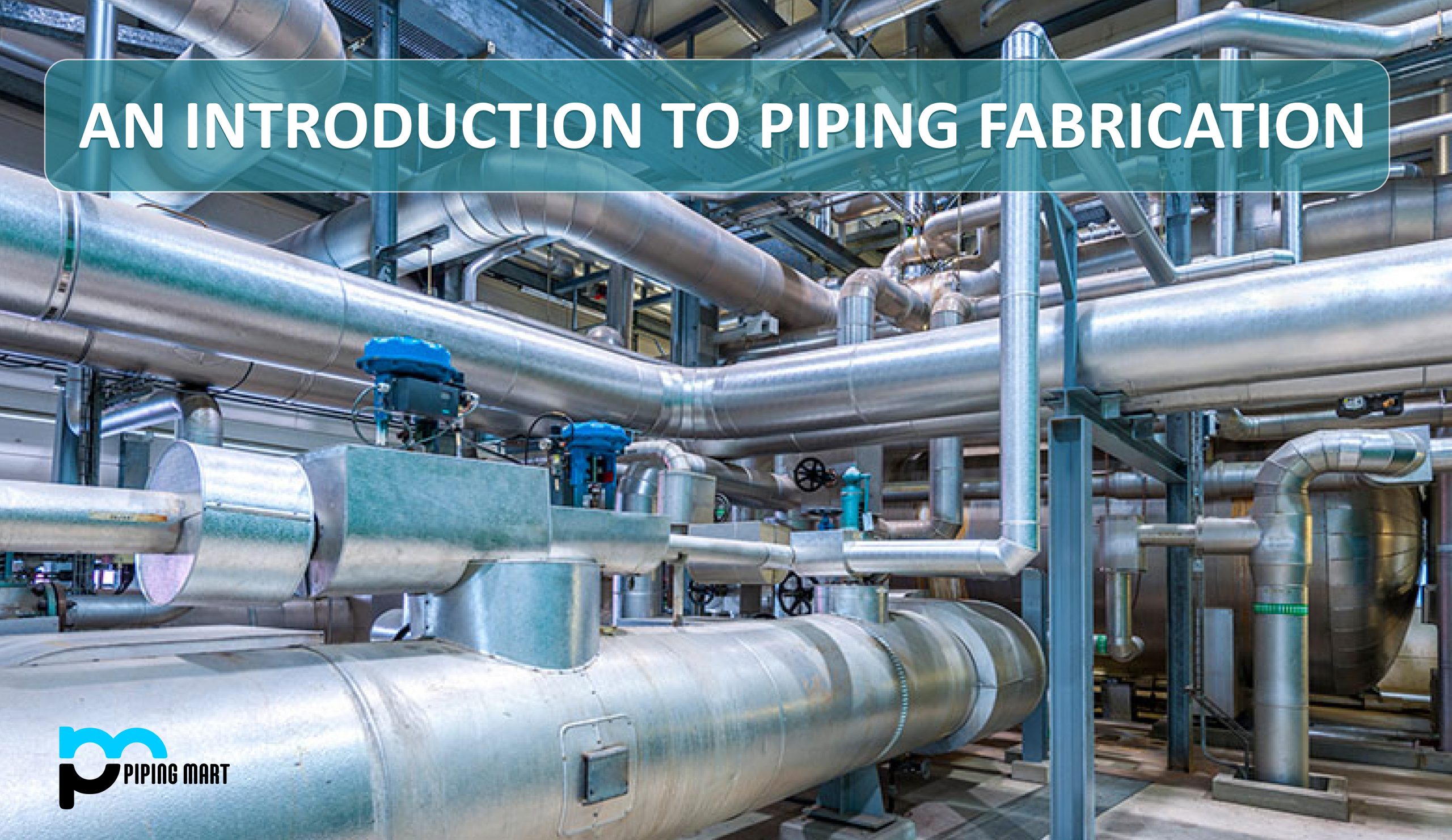Pipe joints are important in any piping system when pipe length is limited. As a result, pipe joints must be used to create a continuous piping network. Moreover, such pipe joints are often the weakest connections in a pipeline system. As a result, the actual functionality of the piping or plumbing system depends greatly on the durability of the technique utilized to create the joint. Depending on the requirements, a piping system may contain many joints or joining methods. As a result, pipe joints are an integral part of any piping or plumbing system. Generally, pipe joints can withstand pipe pressure.
The design and selection of pipe joints can have a significant impact on the initial installation cost. Furthermore, piping joints influence the long-term operation and maintenance costs as well as the performance of the piping system.
There are several aspects to consider while choosing a pipe joint, such as
- Material expenses
- Labor charges for installation
- Required leakage integrity level
- Regular maintenance requirements
- Specific performance criterion
Furthermore, the pipe joint should meet the necessary code requirements.
Types of Pipe Joints
Various types of pipe joints are utilized depending on the application’s needs. They are classified as follows:
Threaded joint
A threaded joint is a type of pipe joining in which pipes are joined by screwing into threads in the pipe. One of the pipes includes internal threads, whilst the other has external threads. Threaded piping joints are appropriate for non-critical, low-pressure, low-temperature, low-cost applications such as residential water, fire protection, and industrial cooling or heating systems. Such pipe joints have moderate productivity and are simple to install. Screwed piping joints should not be utilized for vibrating lines because differential thermal expansion can cause leakage.
Threaded pipe joints are commonly used for PVC, CI, copper, and GI pipes, as well as brass or bronze, carbon, and alloy steel pipes. Although threaded joints are available in sizes ranging from 6 mm to 300 mm, cost considerations often limit industrial uses to 80 mm. For residential water and drainage applications, threaded construction is often utilized with galvanized pipes and fittings. When maintenance or the process involves frequent disassembly and reassembly, a screwed piping system is an excellent solution. It should be noted that threaded pipe joints should only be used within the parameters of the regulatory code.
Butt-welded joints
Butt-welded pipe joints are the most prevalent type of pipe joint found in large commercial, residential, and industrial systems. Butt welding requires the services of experienced pipe welders and fitters. Butt-welded pipe joints have exceptional strength and leakage integrity. Because the inside surface of a butt-welded piping system is smooth and continuous, this pipe joining results in a low-pressure drop.
For high temperature-pressure large bore pipe applications, butt-welded pipe joints are the preferable joints. The majority of butt-welded pipe installations are for NPS 2 (DN 50) or above. They result in a smooth pipe surface.
Socket-welded joints
Socket-welded pipe joints are utilized in systems where leaks can be a concern. One pipe is inserted into the other and welded around the joint in socket welded pipe joints. This kind of pipe joint is typically less costly to create than butt-welded joints. The internal crevice, on the other hand, is prone to corrosion. Socket welded pipe joints have higher mechanical strength than other types of pipe joints.
Brazed and Soldered Joints
Brazing and soldering joints are commonly used to join copper and copper-alloy pipe systems. Brazing of steel and aluminum pipe and tube is also done. Both the brazing and soldering joining processes include the addition of molten filler metal, which is drawn into the joint by capillary action. This metal then solidifies, fusing the components. To avoid the melting of the main pipe, the melting point of the pipe material must be higher than the melting point of the specified filler material.
Joints that are brazed or soldered provide excellent leakage integrity and installation productivity. Brazed and soldered joints are commonly used in medical gas and high-purity pneumatic control systems. However, the mechanical strength of these installations is minimal.
The primary distinction between brazed and soldered junctions is that brazing is done with molten filler material at temperatures above 840 °C, whereas soldering is done at much lower temperatures. They are preferred for services requiring moderate pressure and temperature.
Grooved Joint
Grooved joints are commonly utilized in fire control systems, ambient temperature service water, and low-pressure drainage applications. They are simple to install and disassemble, resulting in decreased labor costs. Two pipes are joined together in this piping joint by creating grooves at the ends of the pipes with the use of sockets or couplings. They typically have good leakage integrity and can withstand some axial misalignment. Under pressure, the grooved structure prevents the joint from splitting.
In high-temperature applications, the use of elastomer seals limits the use of grooved joints. They are also vulnerable to torsional loading.
Compression Joint
Compression joints are commonly used to connect plain piping ends that do not have any end preparations. These pipe joints can withstand a limited degree of thermal expansion and angular misalignment. Pipes of various materials can be connected using compression joints. The installation expense is relatively low.
Pipe ends are joined in compression joints using threaded fittings or couplings. To avoid leaks, the joints must be carefully positioned to monitor the flow pressure.
Compression joints are utilized in instrument and control tubing installations and applications where excellent seal integrity and ease of assembly and disassembly are needed.
Nipple Joint
Nipple joint, also known as a barrel or sleeve joint, is a form of mechanical connection between two parts and typically consists of a male part with an externally threaded cylindrical sleeve and a female part with an internally threaded cylindrical opening. It provides excellent torque transmission while holding the two components together securely. The thread profile enables positive locking to help prevent tension being released on vibration or movement. The joints provide stability that makes them ideal for use in machinery like robotics, conveyor belts, and pumps.
Union Joint
Union Joint is a type of connection used in the construction or assembly process. It is created when two or more parts are joined together to form an integrated piece. Union joints feature a detachable connection and can be re-connected after assembly without compromising structural integrity. They are often used in industrial applications to reduce labor costs, save time, and maintain uniformity across multiple components.
Hydraulic Pipe Joint
Hydraulic Pipe Joint is a type of mechanical coupling used to connect two pieces of pre-engineered piping together. It uses an hydraulic sealant, which is forced in between the joint surfaces and then compressed with specialized tools. This creates a watertight connection and prevents leaking from occurring. The joint enables different types of pipes to be connected together and can be reused should specific areas need maintenance or replacement in the future.
Soldering Joint
Soldering is a process of using a metal alloy to join two surfaces together at temperatures above the melting point of the alloy. It is commonly used in electronic circuit assembly, jewelry making, and various types of plumbing repairs. The metal alloy consists mostly of lead, tin or copper which creates a strong connection between components when heated to appropriate temperatures. By applying heat and pressure to the joint with soldering iron or torch, it melts the solder metal that then bonds with other parts at room temperature creating an electrically secure connection.
Brazed Joint
Brazed joints are formed when two metal pieces are connected together using a filler material that is heated to above its melting temperature. The filler material, which is usually copper or brass, melts and flows into the joint, forming a strong bond between the two pieces of metal. Brazed joints can be used in many different applications such as pipe connections and structural steel frames.
Flanged Joint
Flanged connections are widely used in modern pipes and piping systems due to their ease of installation and dismantling. However, they are expensive due to the high cost of the flanges themselves as well as the labor cost for bolting the flanges to the pipe. Flanged joints are commonly utilized in high-pressure and high-temperature applications. They do, however, tend to leak. Flanged pipe joints make it simple to join different pipe materials. To prevent leakage, a gasket is put between the two flanges.
Conclusion:
Pipe Joints are essential for most piping systems and it is important to understand how they work so you can choose the best type for your application. PVC pipes joints are easy to install, low-cost, and can be used in a variety of applications. ABS pipe joints are an economical but durable option, making them suitable for locations where there is water pressure or vibration. Steel pipe joints are excellent for areas that would benefit from higher durability and increased temperature limits. Bolting joint technology have been widely used as they provide a secure connection between two pipes and requires minimal maintenance once installed. Compression fittings provide the added protection of sealing elements like O-ring and gaskets which ensure there will be no leakage. Flanges connections offer leak proof pipe networks when custom bolts are used to fasten down the flange component during installation. Saddle joints give users a way to branch out from main pipelines without having to modify parts or weld onto pre-existing pipes, ultimately saving time and money. With all these different types of pipe joints available on the market today, it shouldn’t be difficult for customers to find the perfect solution for their unique situation.

Pipingmart is B2B portal specializes in industrial, metal and piping products. Also, share latest information and news related to products, materials and different types grades to help business dealing in this industry.




